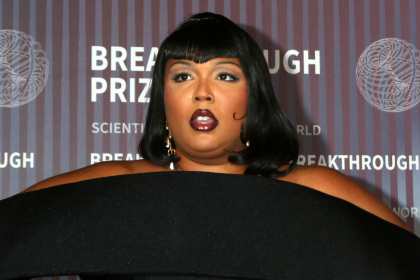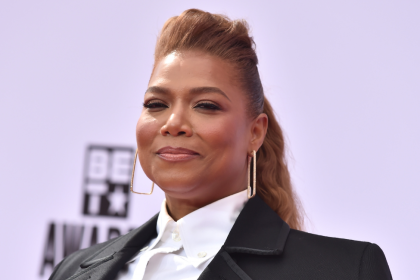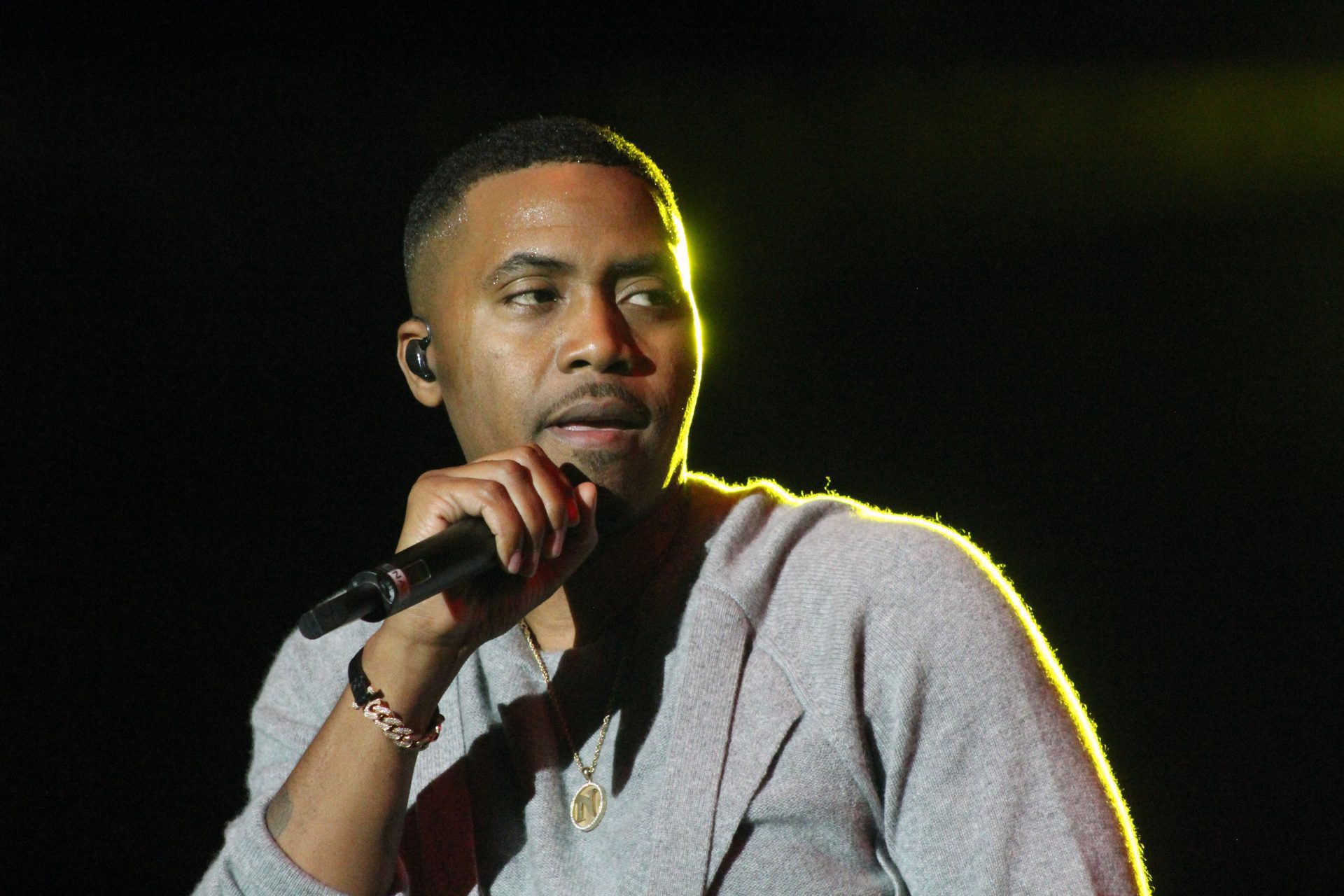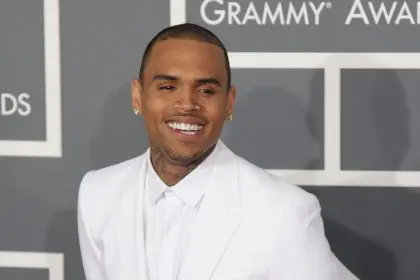It’s been ten years.
Ten years since the awkward, quasi-suburban kid with the sweaters, bookbag and a major inferiority complex bum-rushed the rap game. Kanye West dropped his debut album, The College Dropout, on February 10th, 2004. The album, from an artist that no one thought would work as an artist, became a monster hit–the first of many for West. But when looking back after a decade, it’s clear that it was more than just a very popular album; it actually represents a seismic shift in the hip-hop aesthetic and approach. In the same way that Run-D.M.C.‘s debut album shattered the early funk-and-disco approach and the glam image that many early hip-hop artists had promoted and in the same way that Dr. Dre‘s The Chronic changed the sonic imprint of hardcore hip-hop and made gangsta-ism palatable for pop audiences. The College Dropout turned out to be a watershed moment that foreshadowed where hip-hop would go in the 21st century.
Initially, Kanye West was seen by many as the next phase in “everyman” rappers that didn’t come from the corner and who weren’t the hardest guy in the room. Before he was “Yeezus” or even “Yeezy,” he was an unofficial heir apparent to the Tribe Called Quests and Commons of the world. At least in the minds of some folks. But the true gift of early Kanye was how he tore down so many of hip-hop’s aesthetic subsets to craft his own musical approach. The College Dropout included guest appearances from numerous notable rappers–from a plethora of different hip-hop disciplines. Kanye’s greatest strength–outside of his gift for drum patterns and deft ear for cool samples–was his ability to bring artists like Ludacris and Jay Z and Talib Kweli and Freeway and Mos Def all to the same table–and it never sounded the least bit contrived.
The College Dropout showed that this guy Kanye was both socially-aware and ballerific. He was a nervous, insecure kid as well as an egocentric malcontent. He could be blatantly misogynist one moment and uncomfortably vulnerable the next. His contradictions, as they always do, made his music fascinating.
The album was released only a year after 50 Cent‘s blockbuster Get Rich Or Die Tryin.’ But they seem worlds apart now, largely because the effect of …Dropout is so much more resonate 10 years later. That’s not to say 50 Cent didn’t set a blueprint–rappers ranging from Young Jeezy to even Rick Ross owe a lot to 50’s “gangsta pop” approach–but there are far more examples of the far-reaching impact of The College Dropout.
In the past ten years, we’ve seen mainstream hip-hop embrace the “artsy, suburban-friendly” rapper. The success of everyone from Lupe Fiasco to Wale to, yes, even Macklemore–it all seems born from the emergence of College Droput-era Kanye. The move away from the chest-baring machismo of 50 Cents and DMXs was obvious in the wake of …Dropout‘s success. Kanye also broke the producers-as-rappers curse. For all of the success enjoyed by guys like Dr. Dre and Pharrell, no hip-hop producer had ever commanded the kind of attention and respect that Kanye engendered as an artist. And as a result of that two-fold success, Kanye helped re-ignite the idea of the self-contained hip-hop star. With the superproducer-approach all the rage in the late 90s through the early 00s, it’s significant that since Kanye’s emergence, there has been a quiet return to artists either working with in-house producers (like Young Money’s Drake and 40 Shebib) or producing themselves (as A$AP Rocky did on much of his debut album.)
In the ten years since The College Dropout, Kanye has become one of the more polarizing entertainers in music. But he’s also been one of the most fascinating. From the promotional stunts to the bad awards show behavior to the rambling, angry interviews–it can be hard sometimes to remember what made West significant before the circus arrived. But his first album still stands as an important recording that does what all great music does; reflect it’s time, as well as point the way towards the future.












